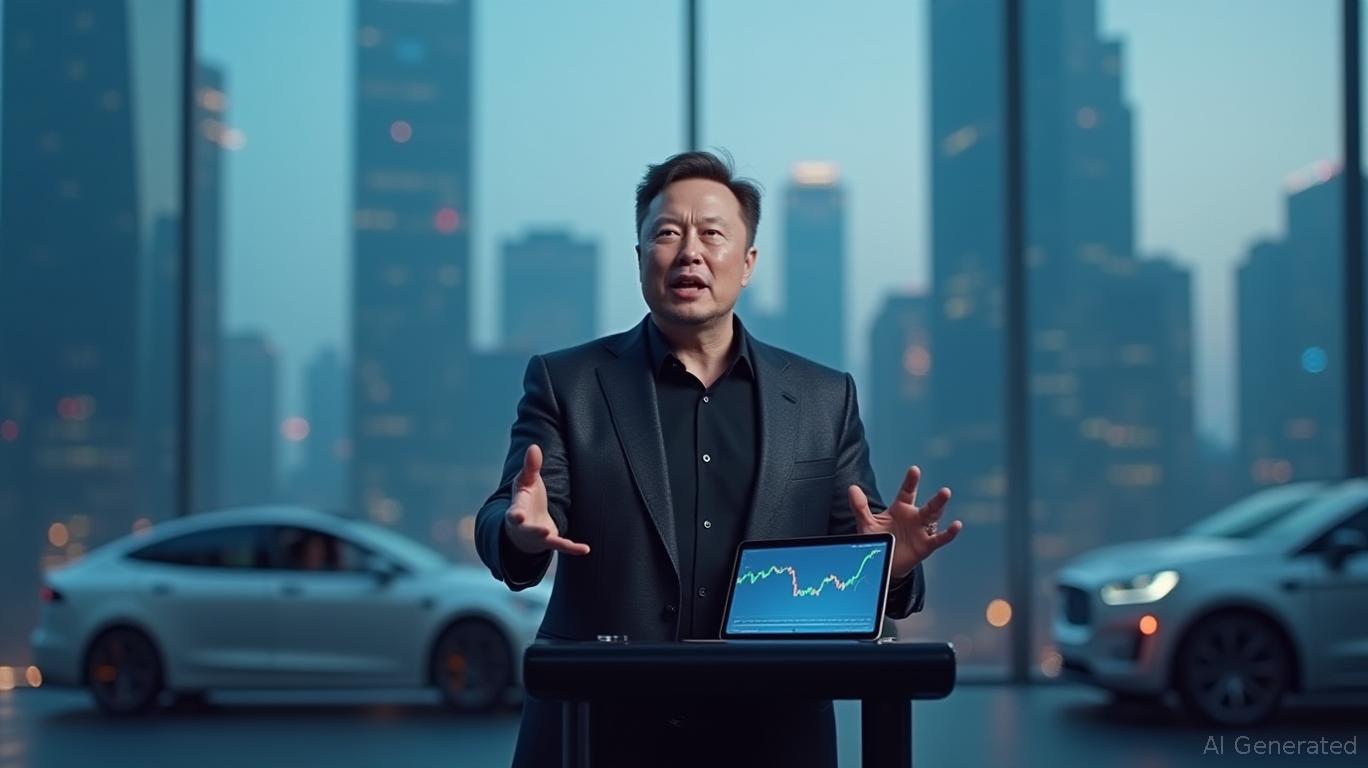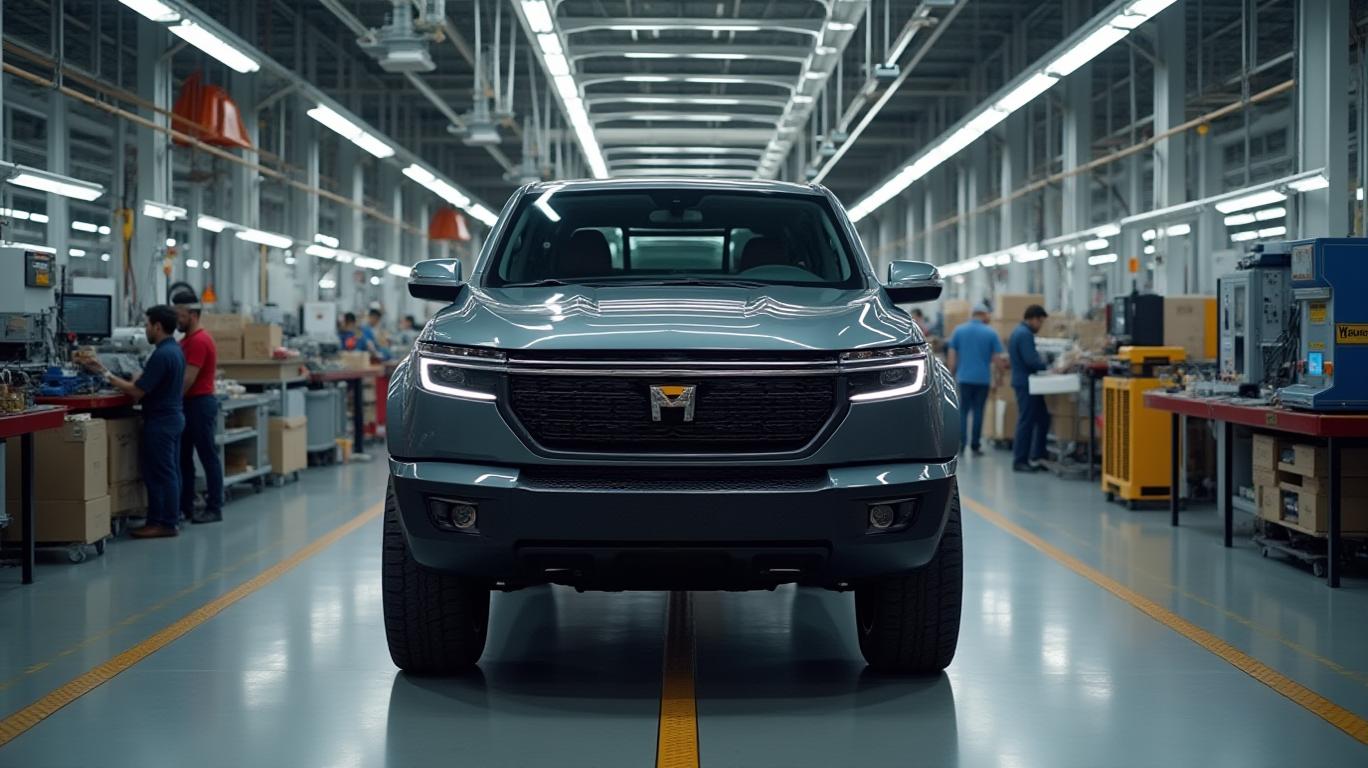Rivian’s Strategic Shift: Navigating Tariffs and Toward Profitability?
Rivian, the American electric vehicle (EV) pioneer, has entered a pivotal phase in its evolution. In May 2025, the company revised its 2025 delivery targets downward and increased its capital expenditure (CapEx) guidance, signaling a strategic pivot to prioritize cost efficiency amid escalating tariff pressures and supply chain challenges. These moves underscore both the headwinds facing Rivian and its determination to carve a path to profitability in an increasingly competitive EV landscape.
Ask Aime: Why did Rivian lower its delivery targets and raise capital expenditure in May 2025, and how might this impact the EV market?
The delivery target reduction—from a previously projected 46,000 to 51,000 vehicles to a new range of 40,000 to 46,000—reflects a reality check for the company. This adjustment follows two consecutive years of stagnant production volume: 50,122 vehicles in 2023 and 51,579 in 2024. The downward revision is attributed largely to tariffs on imported components, including battery cells, semiconductors, and rare earth magnets, which have strained Rivian’s U.S.-centric supply chain. A shortage in its Enduro motor system, beginning in Q3 2024, further exacerbated production bottlenecks.

The tariff issue is not unique to Rivian. Legacy automakers like Ford and General Motors have also faced steep costs—projected at $2.5 billion and $4–5 billion, respectively—due to trade policies. For Rivian, the financial burden is evident in its revised CapEx guidance, which rose from $1.6–1.7 billion to $1.8–1.9 billion. This increase stems from tariff-driven costs in tooling and logistics, compounding the challenges of scaling production.
Despite these headwinds, Rivian’s Q1 2025 results revealed progress. A net loss of $541 million marked a significant improvement over the $1.4 billion loss in Q1 2024, while gross profit hit a record $206 million. This milestone was fueled by a $22,600 reduction in per-vehicle manufacturing costs year-over-year—a critical step toward profitability. The cost cuts, combined with a $1 billion funding injection from its joint venture with Volkswagen Group (set to finalize by June 2025), provide a financial buffer.
Ask Aime: How will Rivian's tariff battles affect EV market growth?
The Volkswagen partnership, valued at $5.8 billion, is a lifeline for Rivian. The infusion will support its manufacturing expansion in Normal, Illinois, where 50% of the facility’s expansion is already complete. However, Rivian’s long-term success hinges on the 2026 launch of its R2 SUV, which is undergoing design validation builds. The R2 aims to address tariff-driven cost pressures through localized supply chains and improved production efficiency, but delays or further cost overruns could derail its prospects.
Rivian’s strategy now centers on balancing near-term survival with long-term growth. While the revised delivery targets and CapEx increases indicate caution, the company’s progress in reducing costs and securing external capital offers hope. The federal EV tax credit’s uncertain future and ongoing trade tensions, however, remain existential risks.
In conclusion, Rivian’s 2025 adjustments highlight the precarious balancing act of an EV startup navigating geopolitical and economic headwinds. With a revised delivery target of 40,000–46,000 vehicles, a $206 million gross profit milestone, and $1 billion in Volkswagen funding, the company is taking steps to stabilize its finances. Yet, its ultimate success will depend on executing its R2 launch timeline flawlessly and mitigating tariff impacts—a high-stakes gamble in an industry where cost efficiency and scale are king. For investors, Rivian’s story remains one of potential and peril, demanding a close watch on both its operational execution and the evolving trade policies shaping its path.



_694d53511749053869043.jpeg)






